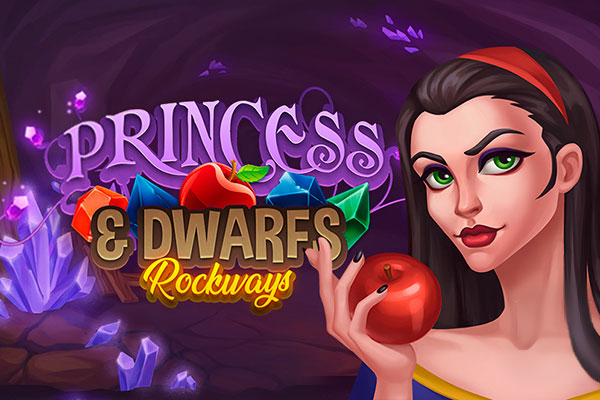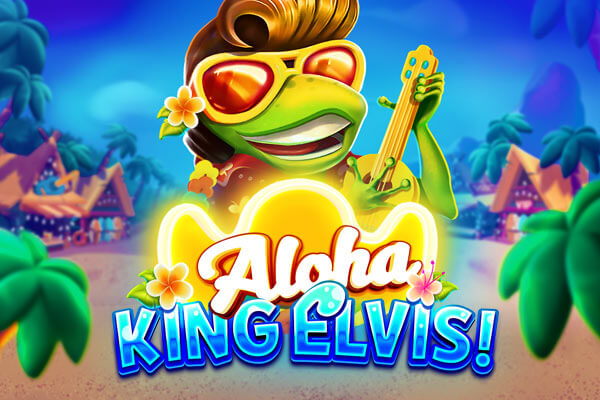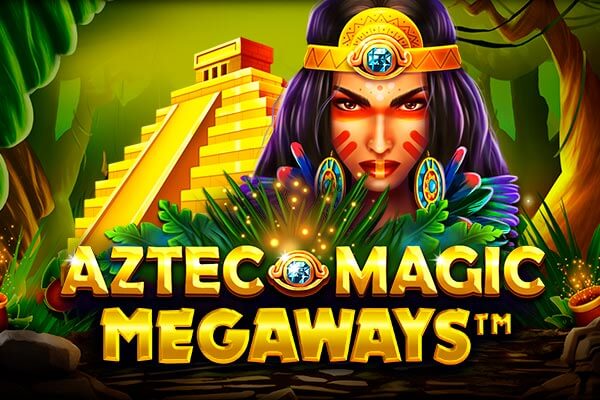Unveiling the Power of the UU CMS Portal: A Comprehensive Guide
The digital landscape demands robust and user-friendly content management systems (CMS) that empower organizations to create, manage, and deliver engaging online experiences. In this comprehensive guide, we delve into the features, benefits, and implementation of the UU CMS portal, a powerful platform designed to streamline content workflows and optimize digital presence.
What is a UU CMS Portal?
A UU CMS portal is a comprehensive content management system designed with an emphasis on user experience (UX) and unified user management (UU). It typically offers a suite of tools for creating, editing, organizing, and publishing various types of digital content, including web pages, blog posts, articles, images, videos, and documents. Crucially, a "UU" CMS prioritizes a smooth and integrated experience for both content creators and end-users, often incorporating single sign-on (SSO) capabilities and personalized content delivery.
Key Features of a Robust UU CMS Portal
A well-designed UU CMS portal should encompass a range of features that contribute to efficient content management and a seamless user experience. Here are some of the critical components:
Intuitive Content Editor: A user-friendly WYSIWYG (What You See Is What You Get) editor allows content creators to easily format text, insert images, embed videos, and create visually appealing layouts without requiring coding knowledge. Drag-and-drop functionality further simplifies the content creation process.
Asset Management: A centralized repository for storing and organizing all digital assets, including images, videos, documents, and audio files. This ensures consistency and easy access to resources across the entire platform. Metadata tagging capabilities enable efficient search and retrieval of assets.
Workflow Management: Streamlined workflows for content approval and publishing, enabling collaboration among content creators, editors, and approvers. Customizable workflows can be configured to reflect the specific requirements of different content types and organizational structures.
User Management and Roles: Granular control over user access and permissions. Different user roles can be assigned to define their responsibilities and restrict access to sensitive content or features. Integrated user authentication systems, ideally with Single Sign-On (SSO) functionality, simplifies access management and enhances security.
Version Control: Tracking changes made to content over time, allowing users to revert to previous versions if needed. This is crucial for maintaining content integrity and ensuring that valuable information is not lost.
SEO Optimization: Built-in tools and features to optimize content for search engines. This includes the ability to customize meta descriptions, title tags, and URL structures. Automated XML sitemap generation and integration with Google Search Console further enhance SEO performance.
Responsive Design: Ensuring that content is displayed correctly on all devices, including desktops, laptops, tablets, and smartphones. Mobile-first design principles are essential for delivering a positive user experience across all platforms.
Analytics and Reporting: Comprehensive analytics dashboards that provide insights into content performance, user behavior, and website traffic. This data can be used to identify areas for improvement and optimize content strategies. Integration with Google Analytics is often a standard feature.
Personalization: The ability to deliver personalized content to users based on their demographics, interests, and behavior. This can significantly improve engagement and conversion rates.
API Integration: Open APIs that allow the CMS to integrate with other systems and applications, such as CRM, marketing automation platforms, and e-commerce platforms. This enables seamless data exchange and automated workflows.
Security: Robust security features to protect content and user data from unauthorized access. This includes regular security audits, vulnerability patching, and encryption of sensitive information. Compliance with relevant security standards, such as GDPR and HIPAA, is also essential.
Benefits of Implementing a UU CMS Portal
Adopting a UU CMS portal offers numerous advantages for organizations looking to enhance their digital presence and streamline content management processes.
Improved Content Efficiency: Centralized content management and streamlined workflows reduce the time and effort required to create, manage, and publish content.
Enhanced User Experience: Intuitive interfaces and personalized content delivery create a more engaging and satisfying experience for users.
Increased Brand Consistency: Centralized asset management and style guides ensure that content is consistent across all channels, reinforcing brand identity.
Better SEO Performance: Built-in SEO tools and optimized content structures improve search engine rankings and drive more organic traffic.
Reduced IT Costs: Cloud-based CMS solutions eliminate the need for expensive hardware and software infrastructure, reducing IT costs.
Improved Collaboration: Workflow management and version control features enable better collaboration among content creators, editors, and approvers.
Data-Driven Decision Making: Analytics and reporting dashboards provide valuable insights into content performance, allowing organizations to make data-driven decisions about their content strategies.
Scalability and Flexibility: Modern CMS platforms are highly scalable and flexible, allowing organizations to adapt to changing business needs and emerging technologies.
Enhanced Security: Robust security features protect content and user data from unauthorized access, minimizing the risk of data breaches.
Faster Time-to-Market: Streamlined content creation and publishing processes enable organizations to get their content to market faster, gaining a competitive edge.
Implementing a UU CMS Portal: A Step-by-Step Guide
Implementing a UU CMS portal requires careful planning and execution. Here's a step-by-step guide to ensure a successful implementation:
Define Requirements: Clearly define your organization's content management needs and goals. This includes identifying the types of content you will be managing, the number of users who will be accessing the system, and any specific integration requirements.
Choose a CMS Platform: Research and evaluate different CMS platforms to find one that meets your specific requirements and budget. Consider factors such as ease of use, scalability, security, and integration capabilities.
- Popular CMS Options: Consider Drupal, Joomla, WordPress (with extensive plugins), Contentful, and others. The correct choice will depend on required functionalities, scale of implementation, and in-house technical expertise.
Plan Your Content Architecture: Develop a well-defined content architecture that organizes content in a logical and intuitive manner. This includes defining content types, categories, and tags.
Design User Roles and Permissions: Define different user roles and assign appropriate permissions to each role. This will ensure that users have access only to the content and features they need.
Customize the CMS: Customize the CMS platform to reflect your brand identity and meet your specific requirements. This may involve creating custom themes, templates, and workflows.
Migrate Existing Content: Migrate your existing content to the new CMS platform. This may involve manual data entry or automated migration tools.
Test the CMS: Thoroughly test the CMS platform to ensure that all features are working correctly and that the system is secure.
Train Users: Provide comprehensive training to all users on how to use the CMS platform.
Launch the CMS: Launch the CMS platform to the public.
Monitor and Maintain: Monitor the CMS platform for performance and security issues. Regularly update the platform with security patches and new features.
Case Study: Transforming a University Website with a UU CMS Portal
A large university was facing challenges with its outdated website. The website was difficult to navigate, lacked a consistent brand identity, and was not mobile-friendly. The university decided to implement a UU CMS portal to address these issues.
- Challenge: Outdated website, difficult navigation, inconsistent branding, not mobile-friendly.
- Solution: Implemented a UU CMS portal with a focus on user experience and mobile-first design.
- Results:
- 60% increase in website traffic.
- 40% reduction in bounce rate.
- Improved student satisfaction with the online experience.
- Enhanced brand consistency across all online channels.
Cost Considerations for a UU CMS Portal
The cost of implementing a UU CMS portal can vary widely depending on several factors, including the choice of platform, the complexity of the implementation, and the level of customization required. Here's a breakdown of the common cost components:
Software Licensing: Some CMS platforms require a software license fee, which can be a one-time purchase or a recurring subscription. Open-source CMS platforms are typically free to use, but may require additional costs for plugins and extensions.
Implementation Costs: Implementation costs include the cost of designing the website, migrating existing content, customizing the CMS platform, and training users. These costs can vary depending on the size and complexity of the project.
Hosting Costs: Hosting costs include the cost of hosting the CMS platform on a web server. Cloud-based hosting solutions are typically more expensive than traditional hosting solutions, but offer greater scalability and reliability.
Maintenance Costs: Maintenance costs include the cost of maintaining the CMS platform, including security updates, bug fixes, and technical support.
Content Creation Costs: The cost of creating or migrating existing content to the CMS.
Example Cost Breakdown (Small Business):
| Cost Component | Estimated Cost |
|---|---|
| CMS Software (e.g., WordPress Premium Plugins) | $100 - $500/year |
| Website Design & Customization | $2,000 - $5,000 |
| Content Migration | $500 - $2,000 |
| Hosting | $50 - $200/month |
| Maintenance & Support | $50 - $200/month |
| Total (Year 1) | $3,250 - $8,100 |
| Total (Recurring Yearly) | $700 - $2,900 |
Future Trends in UU CMS Portals
The CMS landscape is constantly evolving, driven by emerging technologies and changing user expectations. Here are some key trends shaping the future of UU CMS portals:
Headless CMS: Decoupling the content repository from the presentation layer, allowing content to be delivered to any channel or device.
AI-Powered Content Creation: Using artificial intelligence (AI) to automate content creation tasks, such as generating headlines, writing summaries, and optimizing content for SEO.
Personalization at Scale: Leveraging AI and machine learning to deliver highly personalized content experiences to each individual user.
Low-Code/No-Code Development: Empowering non-technical users to build and customize CMS applications with minimal coding.
Composable Architecture: Assembling CMS functionality from a collection of modular components, allowing organizations to create custom-tailored solutions.
Conclusion
The UU CMS portal is a powerful tool for organizations looking to streamline content management, enhance user experience, and optimize their digital presence. By carefully planning and implementing a UU CMS portal, organizations can achieve significant improvements in content efficiency, brand consistency, and SEO performance. As the CMS landscape continues to evolve, organizations should stay informed about the latest trends and technologies to ensure that their CMS platform remains effective and relevant.
FAQ: Frequently Asked Questions about UU CMS Portals
Q: What is the main difference between a traditional CMS and a UU CMS portal?
A: The core difference lies in the emphasis on User Experience (UX) and Unified User Management (UU). A standard CMS may focus primarily on content creation and management, whereas a UU CMS prioritizes a seamless and personalized experience for both content creators and end-users, often incorporating Single Sign-On (SSO) and integrated access management.
Q: Is a UU CMS portal suitable for all types of organizations?
A: A UU CMS portal is particularly beneficial for organizations that have a diverse user base, require personalized content delivery, and prioritize a seamless user experience. This includes universities, large corporations, membership organizations, and e-commerce businesses. However, smaller organizations with simpler content needs may find a traditional CMS to be sufficient.
Q: What are the key factors to consider when choosing a UU CMS platform?
A: Key factors include ease of use, scalability, security, integration capabilities, personalization features, and cost. It's also important to consider the vendor's reputation, support offerings, and future roadmap.
Q: How much does it cost to implement a UU CMS portal?
A: The cost can vary widely depending on the choice of platform, the complexity of the implementation, and the level of customization required. It's important to develop a detailed budget that includes software licensing, implementation costs, hosting costs, maintenance costs, and content creation costs.
Q: What are some common challenges associated with implementing a UU CMS portal?
A: Common challenges include migrating existing content, training users, ensuring data security, and integrating the CMS with other systems. Careful planning and execution are essential to overcome these challenges.
Q: How can I ensure the security of my UU CMS portal?
A: Implement robust security measures, such as strong passwords, two-factor authentication, regular security audits, vulnerability patching, and encryption of sensitive information. Also, ensure that your CMS platform is compliant with relevant security standards, such as GDPR and HIPAA.
Q: How can I measure the success of my UU CMS portal implementation?
A: Measure key metrics such as website traffic, bounce rate, engagement rate, conversion rate, user satisfaction, and content efficiency. Use these metrics to identify areas for improvement and optimize your content strategies.
Q: What is Headless CMS and is it a "UU" concept?
A: Headless CMS is an architectural approach that separates the content repository ("the head") from the presentation layer. This allows content to be delivered to any channel or device (website, mobile app, IoT device, etc.). While not exclusive to "UU" concepts, Headless CMS can significantly enhance the "unified user experience" by allowing for consistent content delivery across diverse platforms, which is a goal of a "UU" CMS.
Q: What kind of training is required for users to operate a UU CMS effectively?
A: Training should cover the basics of content creation and editing, asset management, workflow management, and SEO optimization. Tailored training may also be required for specific user roles and responsibilities.
Slots and Games

{{Games-kaz}}

Wilds of Fortune

Aztec Sun Hold and Win

Shake shake Leprechaun

The Princess & Dwarfs

Aloha King Elvis

Aztec Magic Megaways

Miss Cherry Fruits

Shake Shake Money Tree

Shark Spin